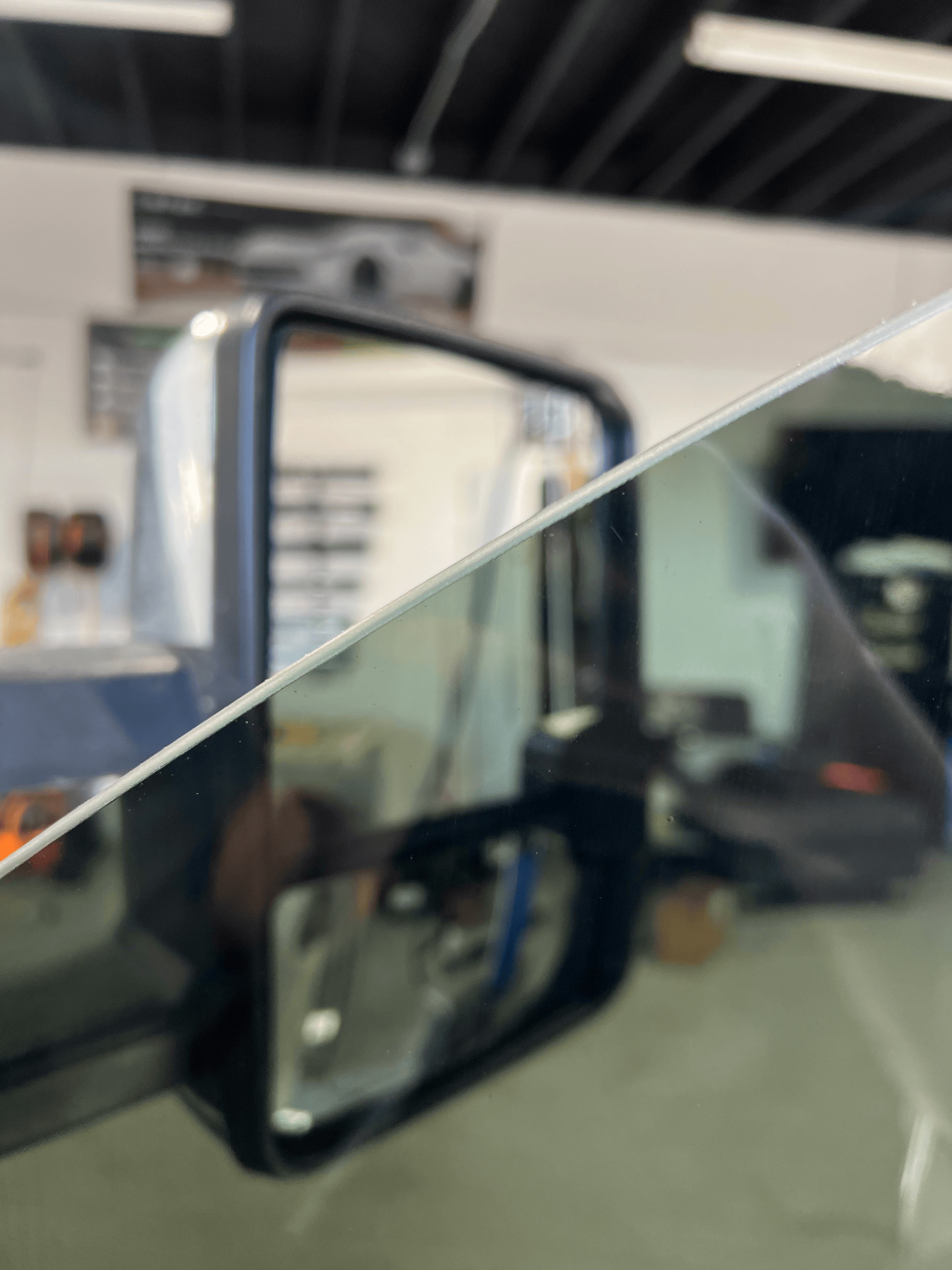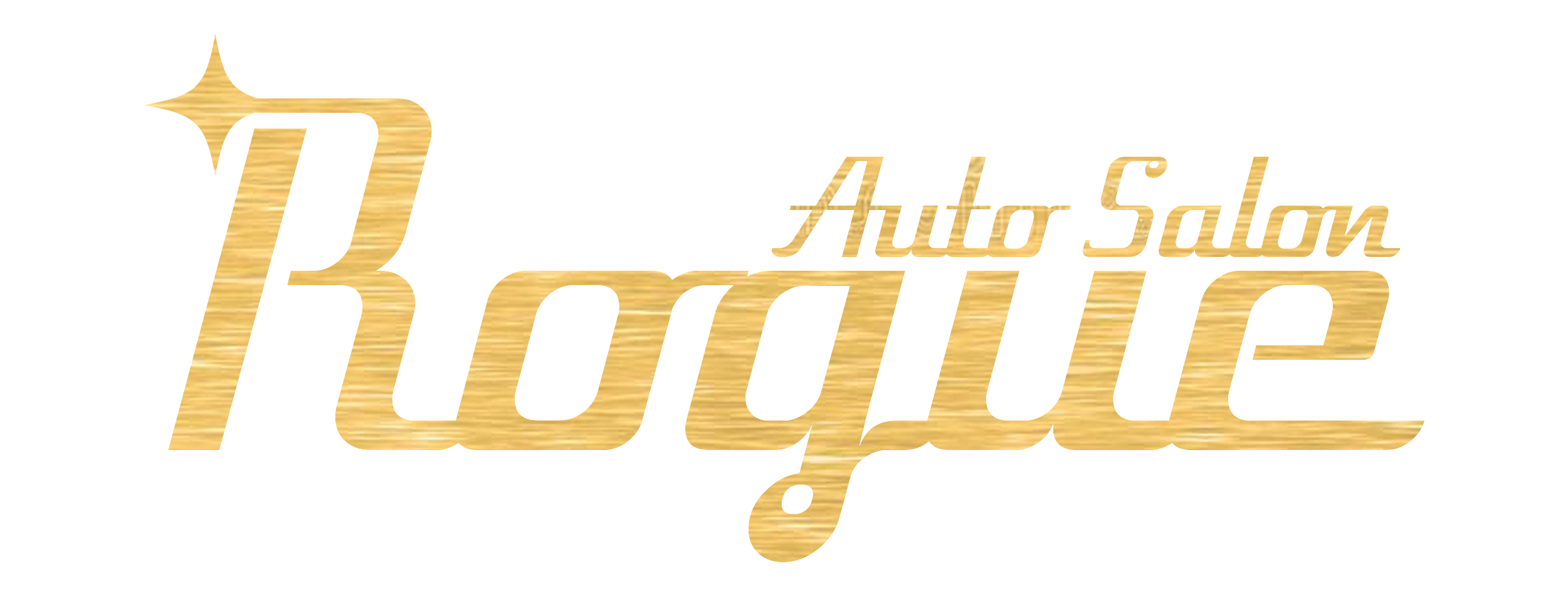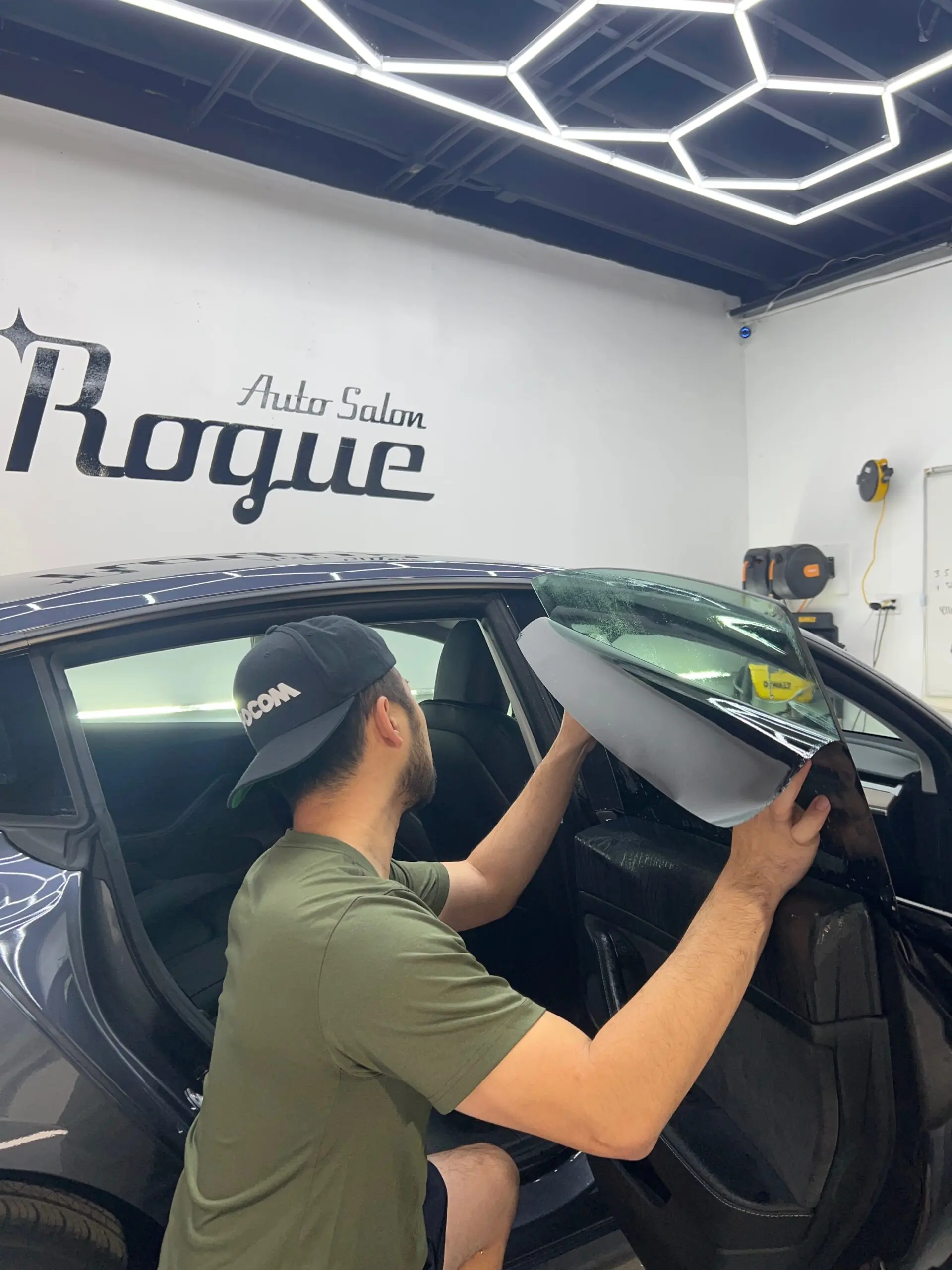Autocare
The Most Common Challenges of Window Tint Removal
What to Expect When Peeling Back the Layers – And How to Tackle Each Issue
Window tint removal can seem like a straightforward task, but many homeowners and vehicle owners quickly discover that it involves more complexity than anticipated. Whether you’re removing tint from your car windows or home glass, the process can present several challenges that, if not properly addressed, may lead to frustration, damage, and additional costs.
Of course, window tint removal can be eliminated if you pick a good window tint for your car. This can save you the trouble of redoing the tint and save you time and money. A good window tint can withstand harsh temperatures and has good adhesive. Investing time to pick a good tint can go a long way.
In this comprehensive article, we’ll explore the most common challenges of window tint removal, explain why they happen, and provide practical tips to help you overcome them. By understanding these obstacles and preparing adequately, you can achieve a clean, professional finish without damaging your windows.
Understanding the Basics of Window Tint Removal
Before diving into the challenges, it’s important to understand what window tint removal involves. Window tint is a thin film applied to glass surfaces primarily to reduce heat, glare, and UV radiation, as well as to provide privacy and improve aesthetics. This film is bonded to the glass with an adhesive layer, which can vary in strength depending on the film’s quality and age.
Window tint removal, therefore, means detaching this film and eliminating any adhesive residue without scratching or damaging the glass beneath. The difficulty of this task depends on factors such as the type of film, how long it’s been applied, and the environmental conditions it has endured.

Common Challenges in Window Tint Removal
1. Adhesive Residue Left Behind
One of the most frequent and frustrating issues during window tint removal is dealing with stubborn adhesive residue. After peeling off the tint film, a sticky layer of adhesive often remains firmly attached to the glass. This residue not only looks unattractive but also attracts dust and dirt, reducing visibility and affecting the clarity of the window.
Why Adhesive Residue Occurs is because the adhesive bonds strongly to the glass to keep the film in place, but older or low-quality films often use adhesives that become brittle, gummy, or degrade unevenly, making removal more difficult.
Some tips to overcome adhesive residue are to use heat from a heat gun or hairdryer to soften the adhesive before scraping. Apply adhesive removers or household solutions like vinegar and baking soda to help break down the residue. Carefully use a razor blade or plastic scraper to avoid scratching the glass. Be patient, repeat the process as needed, and regularly wipe the surface clean.
2. Film Tearing and Uneven Removal
Window tint removal can be hampered when the film tears during peeling. Tearing results in multiple small pieces that are harder to remove and increases the likelihood of leaving adhesive patches behind.
Causes of film tearing can be that the Film can become brittle and prone to tearing as it ages, especially after prolonged exposure to sun and heat. Tearing also occurs from applying uneven pressure, pulling too quickly, or using incorrect removal techniques.
To prevent tearing, heat the film evenly to soften the adhesive, which helps it peel more smoothly. Start at one corner and slowly work across the surface, removing the film in manageable sections. Use a gentle, steady motion to keep the film intact. If tearing happens, carefully lift the torn edges and continue applying heat while peeling gradually.
3. Scratches on the Glass Surface
Improper tools or hasty scraping can cause scratches that not only ruin the appearance of the glass but may also weaken it structurally. Scratches are commonly caused by using dull or damaged razor blades, applying too much force with sharp tools, or rushing the adhesive removal process.
To prevent scratches, always use a sharp, clean blade held at a low angle to the glass, or consider using plastic scrapers as safer alternatives. Applying heat to soften the adhesive before scraping and working slowly and methodically can also help reduce the risk of damage.

4. Damage to Defroster Lines in Car Windows
Car rear windows often have delicate defroster lines embedded in the glass. These thin wires can be accidentally cut or damaged during tint removal, compromising their function and safety.
Defroster lines are vulnerable because the adhesive tends to grip tightly around the thin wires, and using sharp tools too aggressively can sever or weaken them. To protect defroster lines during tint removal, it’s best to use gentle heat methods like a steamer to loosen the adhesive and avoid excessive scraping or razor use near the lines.
Working slowly and carefully around these areas—or hiring a professional like RogueAutoSalon for rear window tint removal—can help prevent damage.
5. Discoloration and Stains on the Glass
Over time, tint films can discolor due to sun damage, pollution, or chemical reactions. This can make it harder to distinguish where the film ends and adhesive begins, complicating removal.
Stains may also occur from environmental contaminants such as bird droppings or hard water, as well as from residual adhesive reacting with the glass surface. To handle discoloration and stains, clean the glass with mild solutions both before and after film removal.
For tougher stains, use vinegar or specialized glass cleaners. In more severe cases, professional polishing or even glass replacement may be necessary.
6. Foul Odors During Removal
Chemical odors can emanate from the adhesives or cleaning agents used during tint removal. These smells can be unpleasant and may linger if ventilation is poor.
Minimizing Odors:
- Work in well-ventilated areas.
- Use natural or citrus-based adhesive removers.
- Wear masks to protect yourself from fumes.
- Keep windows and doors open, and use fans if possible.
Essential Tools for Effective Window Tint Removal

Having the right tools is crucial to tackle the challenges above and ensure a successful window tint removal process. Here’s what you’ll need:
- Heat Gun or Hairdryer: Softens the adhesive for easier peeling.
- Razor Blade or Plastic Scraper: For gently lifting and scraping film and residue.
- Spray Bottle with Soapy Water or Adhesive Remover: Loosens adhesive and cleans glass.
- Microfiber Cloths: Wipe residue without scratching.
- Protective Gloves and Eye Protection: Keep yourself safe when handling chemicals and sharp tools.
Step-by-Step Guide to Window Tint Removal
- Prepare the Area: Protect surrounding surfaces with plastic sheeting or towels. Ensure good lighting and ventilation.
- Heat the Film: Use a heat gun or hairdryer to warm the tint, softening the adhesive beneath.
- Peel the Film: Start at a corner, peeling slowly and evenly to avoid tearing.
- Remove Adhesive Residue: Spray adhesive remover or soapy water and gently scrape off remaining residue.
- Clean the Glass: Finish with a glass cleaner and microfiber cloth for a streak-free shine.
When to Consider Professional Window Tint Removal
Though many opt for DIY window tint removal to save money, hiring a professional can be worthwhile in certain cases, especially if the tint is old, particularly stubborn, or located on rear windows with defroster lines.
It’s also a smart choice if you lack the proper tools or confidence to avoid damage. Professionals offer a quick, hassle-free process with a guaranteed clean finish, using their experience, specialized tools, and techniques to handle tricky situations safely and efficiently.
Conclusion
challenges like adhesive residue, film tearing, glass scratches, and potential damage to defroster lines. However, with the right knowledge, tools, and techniques, you can overcome these obstacles and restore your windows to a clear, flawless condition.
Whether you decide to do it yourself or hire a professional, being informed about these challenges and prepared to address them is key. Proper window tint removal not only improves the appearance of your vehicle or home but also enhances visibility, safety, and overall satisfaction. If you find yourself in a window tint dilemma, don’t hesitate to contact RogueAutoSalon!
Remember: patience, care, and the right approach will make all the difference.

- window tint repair
- ceramic window tint
- Auto Detailing
- window tint application
- Full Cleaning



